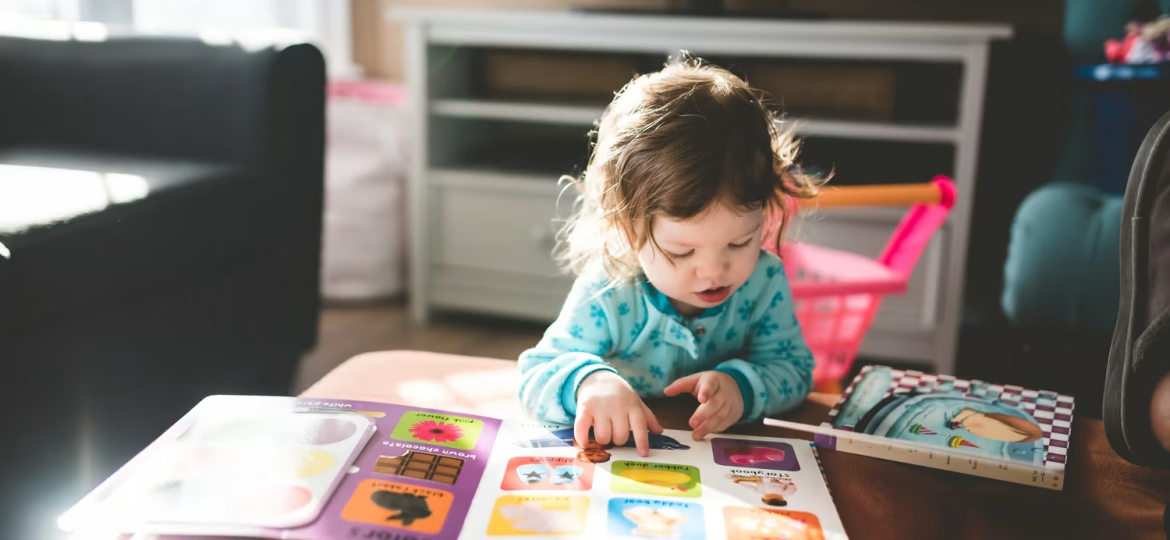
As a parent myself, I’ve always been intrigued by the Montessori method of education. Its child-centered, hands-on approach to learning aligns perfectly with my desire to provide the best possible learning experiences for my child. In this blog article, I want to share my personal journey of teaching the alphabet the Montessori way, along with several examples that have worked wonders with my own little one.
1. Sensory Delight
My Montessori-inspired journey began with the use of sensory materials. One of our favorite tools has been the set of sandpaper letters. My child absolutely loves the tactile sensation of running their tiny fingers over these textured letters. It’s been incredible to watch them associate the shapes of the letters with their sounds.
Example: Every day, we’d sit down with the sandpaper letters. As my child traced each letter, we’d say its corresponding sound together. For instance, for “A,” we’d say “ah” as their finger gently explored the textured surface.
2. Multi-Sensory Magic
I quickly learned that engaging multiple senses could make learning the alphabet a truly magical experience. We introduced an alphabet-themed sensory bin filled with small objects representing each letter, from “A” for apple to “B” for ball. My child’s eyes would light up as they explored this multisensory wonderland.
Example: We’d dive into the sensory bin together, pulling out objects and saying the corresponding letter sounds. It wasn’t just an educational activity; it became a cherished bonding moment.
3. Learning through Objects
Montessori language objects became another cherished part of our alphabet journey. These tiny items, like a cat figurine for “C,” helped my child connect letters to real-world objects and words.
Example: Whenever we picked up the cat figurine, we’d say “cat” together. The tangible connection between the letter “C” and the cat made the learning experience richer and more memorable.
4. Playing with Sounds
Phonemic awareness activities became a daily source of joy. My child loved our sound games, where we’d say a word, and they’d enthusiastically identify the initial sound. “Dog” became a favorite, with my child proudly exclaiming, “D is for dog!”
Example: We played this game with various objects and words, making it an exciting way to develop essential phonemic awareness skills.
5. Concrete to Abstract Transition
Following the Montessori progression, we moved from concrete to abstract learning. Starting with sandpaper letters and objects, we eventually introduced letter cards with printed letters. Witnessing my child’s gradual transition to writing letters was a heartwarming milestone.
Example: My child’s journey from tracing letters to forming them independently filled me with immense pride. Here is a printable alphabet card set with set of uppercase letters, lowercase letters and a mix of both.
Explore these Montessori-style ABC flashcards set by following this link: view Montessori card set >>
6. Embracing Lowercase Letters
We followed Montessori’s approach of introducing lowercase letters before uppercase. It made sense to us, given their prevalence in written language.
Example: Our alphabet adventures began with lowercase letters, and we found it helped my child develop a strong foundation in reading and writing.
Teaching the alphabet the Montessori way has been a personal and heartwarming journey for me as a parent. Through sensory materials, multi-sensory activities, language objects, sound games, and a concrete-to-abstract progression, I’ve watched my child not only learn their ABCs but also develop a deep love for learning. This method has not only enriched their early education but has also created beautiful bonding moments that I’ll treasure forever. If you’re a parent like me, I wholeheartedly recommend embracing Montessori principles in teaching your child the alphabet—it’s an incredible journey worth embarking on together.




